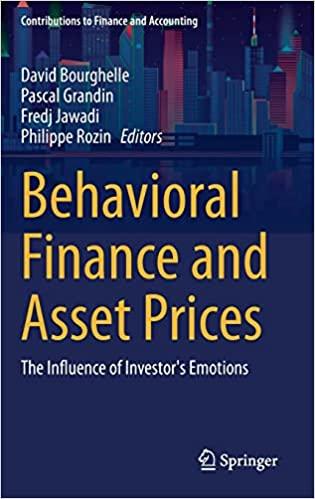
1. In a world with no taxes, consider an all-equity firm. The face value of the shares is 15 and the book value of equity is 225 million euros. The company does not have own shares in treasury. a) If the annual EBIT is constant and equal to 36 million euros and the required return on equity is 12%, compute the market value of equity and the price per share. b) Management is considering a change in the financing structure of the firm by issuing 100M in perpetual debt paying interests at 7%. The firm wants to use the proceedings from the debt issue to distribute an extraordinary dividend. Compute the dividend per share, the new value of equity after the dividend has been paid, and the new price per share (assume the M&M world). c) Suppose that you are an investor that has 10 shares of this company. What was the value of your total wealth before the firms' transaction? And after? Explain. d) Given the new debt ratio (D/E) and the interest on debt of 7%, determine the new expected return on equity. Is it different from the one before the transaction? Explain. 1. In a world with no taxes, consider an all-equity firm. The face value of the shares is 15 and the book value of equity is 225 million euros. The company does not have own shares in treasury. a) If the annual EBIT is constant and equal to 36 million euros and the required return on equity is 12%, compute the market value of equity and the price per share. b) Management is considering a change in the financing structure of the firm by issuing 100M in perpetual debt paying interests at 7%. The firm wants to use the proceedings from the debt issue to distribute an extraordinary dividend. Compute the dividend per share, the new value of equity after the dividend has been paid, and the new price per share (assume the M&M world). c) Suppose that you are an investor that has 10 shares of this company. What was the value of your total wealth before the firms' transaction? And after? Explain. d) Given the new debt ratio (D/E) and the interest on debt of 7%, determine the new expected return on equity. Is it different from the one before the transaction? Explain







